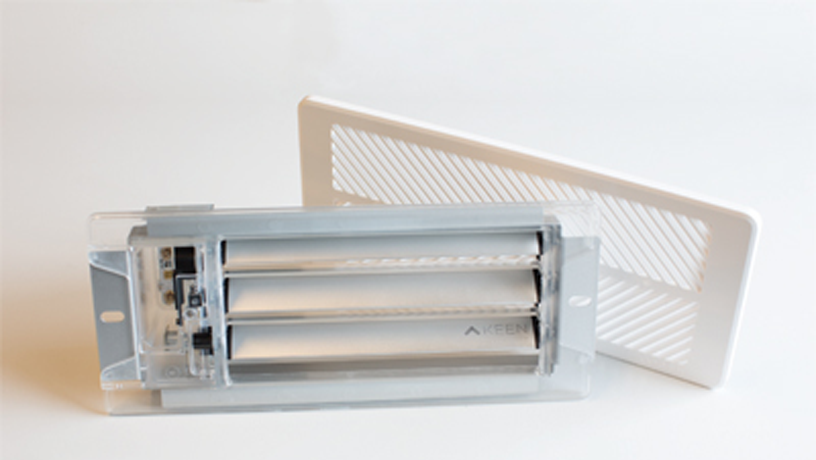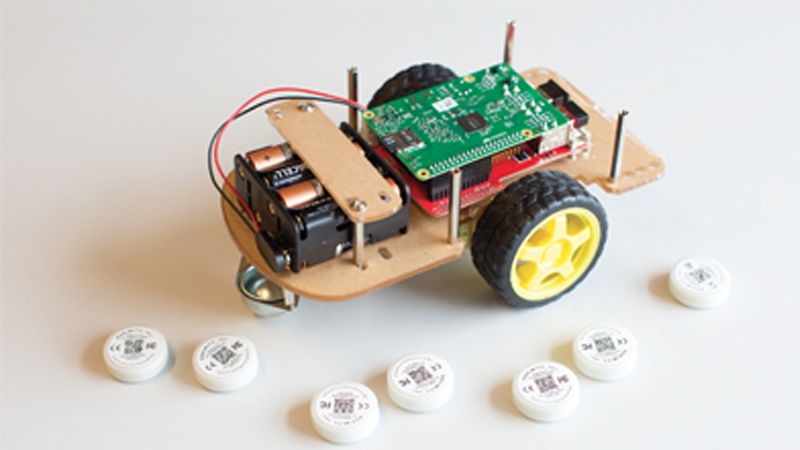Taking the Next Step in the Internet of Things
Columbia Engineering is preparing students for the digitally connected world with new classes that give hands-on preparation in the Internet of Things.
For the first time this summer session, the School offered Internet of Things, a graduate course taught by Zoran Kostic, associate professor of professional practice in electrical engineering. And this fall, new faculty member Xiaofan (Fred) Jiang, assistant professor of electrical engineering and a member of Columbia’s Data Science Institute, is teaching a graduate and senior-level undergraduate course focused on the same topic.
Both professors agree, it’s all part of preparing students for a future where Internet connectivity for devices is a given. “Having this allows us to prepare our students and give them a comprehensive skill set,” Jiang said.
The Internet of Things (IoT), we know, is shorthand to describe the network of physical items that can connect to each other, to different networks, and to the cloud. And it covers a huge variety of applications—from consumer devices, like Nest thermostats or sensors in cars that monitor air pressure and engine function, to the ways cities like New York are using mobile air pollution monitors.
The course of the same name trains students in three domains: programming of sensors and sensor data acquisition, processing of sensor data in gateways and hubs, and cloud data analytics and interaction with IoT devices. It is organized to give students the bigger perspective on current and future uses—through lecturers and guest speakers from the field, but also through firsthand experience, as they program their own devices and work with each other and teaching staff to create their own projects using the devices. Students in the class, Kostic said, “are really well prepared to build very sophisticated software.”

A smart vent used in the Internet of Things graduate course.
(Photos by Jeffrey Schifman)
Jiang’s class follows a similar format. Students are taught the top-to-bottom process of putting together an IoT system as well as working on independent projects that use the knowledge. “It’s beneficial for students because they’ll gain the skill set to turn an idea into reality,” he said. “Looking forward to when we have all these things that need to be radically connected to the cloud, we need students who are well equipped to tackle these problems.”
And that represents a sea change for engineering majors, Jiang and Kostic agreed, as they increasingly need to know not only how to create devices, but also how they interact and how they fit into the bigger picture.
“Many of the courses taught at universities are focused on particular, specific things,” Kostic said. “This course is about knowing all of the things together you’d need to build a system and teaching students to be versed in architectural skills. When you go into the job market, even for people who are specialized in one discipline, it will be useful to be exposed to how it fits into the system.”
“Before, we’d think of preparing students to enter a big company like Intel or Microsoft, where they’d be a small piece of a larger group,” Jiang said. “We are in the middle of a maker movement—it’s a different mindset, that anyone can prototype a project quickly. With this class, students go a step beyond and learn about the principles behind building a scalable, energy-conscious, and interoperable Internet-scale system. This class has the potential to empower students to think more independently and be confident in creating their own startups.”

One student team’s Raspberry Pi toy car that can navigate indoors on its own using Bluetooth low energy and artificial neural network.
